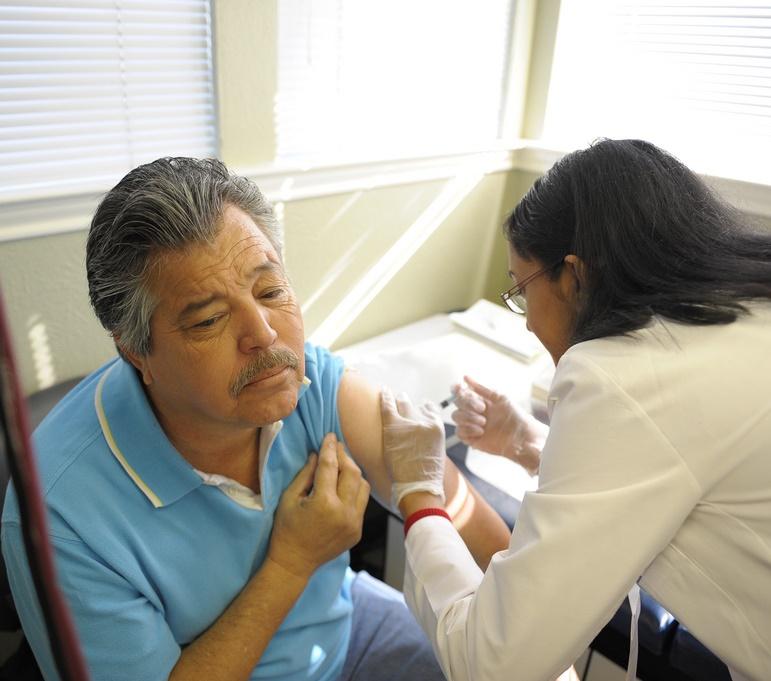A new study published in the Proceedings of the National Academy of Sciences (PNAS) from researchers at Stockholm University shows that among Sweden’s population, disadvantaged groups suffered the most from COVID-19 disease as well as pandemic economic strain.
"Our results confirm that pandemic burdens were not shouldered equally," lead author Adam Altmejd, PhD, said in a press release. "Socially vulnerable individuals faced higher risks not just to fall seriously sick or die from COVID-19, but also to suffer from lower income, lose their job, not have a cancer diagnosed, or not get an operation.”
The study was based on the demographic risk associated with six negative outcomes during the pandemic, including positive COVID-19 test, death from COVID, hospitalization from COVID, unemployment, income loss, psychiatric care visit, and death from all causes.
Outcomes were compared to those seen in the 4 years prior to the pandemic.
Immigrants suffered most
Between 2016 and 2019, being born outside of Europe and having low education levels were associated with an increased risk of unemployment, loss of income, and all-cause mortality.
Those risks only increased during the first 2 years of the pandemic.
The relative risk of admission to hospital with COVID-19 was close to 2.2 for those born outside of Europe and about 1.4 for those born in Europe, the authors said.
What stands out the most about the 2020 relative risks are the pandemic effects among migrants from outside Europe.
"What stands out the most about the 2020 relative risks are the pandemic effects among migrants from outside Europe, who faced large relative risks of COVID-19 hospitalization and of unemployment compared to natives," the authors wrote. "Moreover, the gradients in COVID-19 morbidity and mortality are substantially steeper than the gradients for general somatic and psychiatric health."















